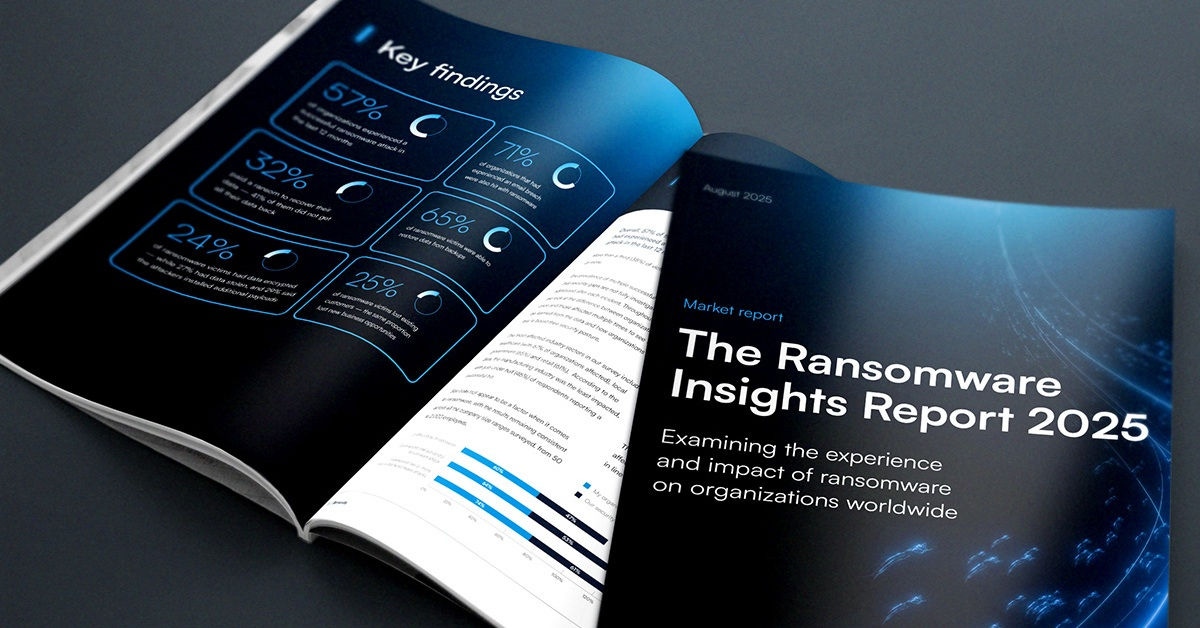
Report: Insights into the growing number of automated attacks
While some bots such as search engine crawlers are good, bad bots are built to carry out malicious attacks at scale. And traffic from those bad bots is exploding.
Over the first six months of 2021, Barracuda researchers analyzed traffic patterns as measured by our application security solutions. They share their findings about bad bots and the ways these automated attacks are evolving in the new report Bot attacks: Top threats and trends – Insights into the growing number of automated attacks.
The report looks at current trends, such as the volume of traffic from these bad bots, where bot attacks are originating from, and the time of day attacks are most likely to happen. It also breaks down live examples and covers the steps IT teams can take and technology they should be using to stop these types of attacks.
Get your copy of the report
In-depth analysis of bot traffic
Barracuda’s research reveals key takeaways about evolving traffic patterns, bad bot activity, and the geographies attacks are most likely to originate from.
- Bots make up nearly two-thirds of internet traffic, with bad bots making up nearly 40% of all traffic.
- E-commerce applications and login portals are the most common targets of advanced persistent bots.
- North America accounts for 67% of bad bot traffic—and most of it originates from public data centers.
- Most bot traffic comes in from the two large public clouds—AWS and Microsoft Azure—in roughly equal measure.
- Just over 22% of bad bot traffic comes from Europe, with European bad bot traffic more likely to come from hosting services or residential IPs.
- Bad bots follow a standard workday.
Get your free copy of Bot attacks: Top threats and trends – Insights into the growing number of automated attacks now to see all the latest details, fresh insights on the current traffic patterns, and the best practices to help protect your business from bad bots and automated attacks.
Get your copy of the report

The Ransomware Insights Report 2025
Risultati chiave sull'esperienza e l'impatto del ransomware sulle organizzazioni a livello mondiale
Iscriviti al blog di Barracuda.
Iscriviti per ricevere i Threat Spotlight, commenti del settore e altro ancora.

Sicurezza della vulnerabilità gestita: correzione più rapida, meno rischi, conformità più semplice
Scopri quanto può essere facile individuare le vulnerabilità che i criminali informatici vogliono sfruttare





